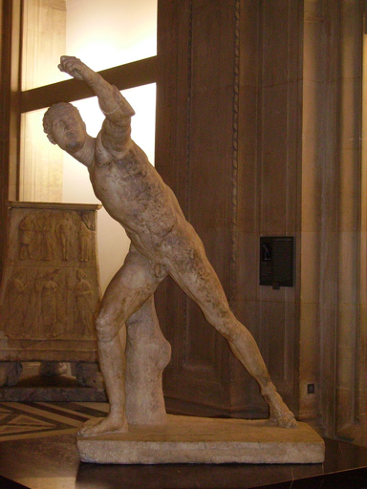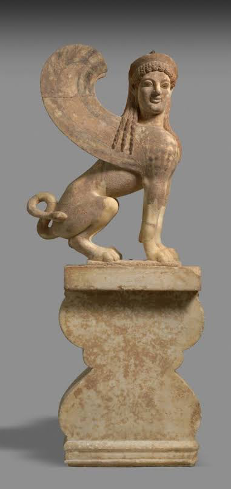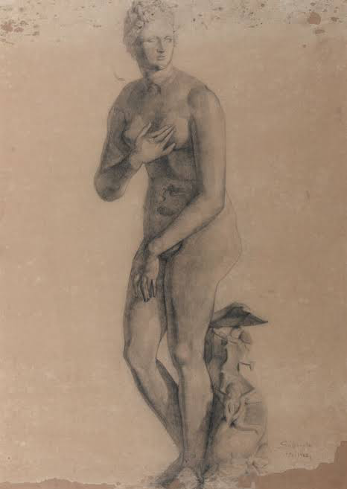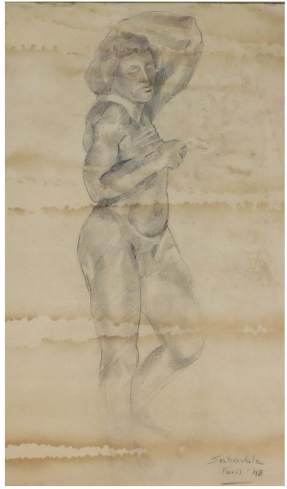In early July 2022, the Metropolitan Museum of Art, New York opened an exhibition on ancient Greek and Roman sculpture, no surprise there as the Met (as it is referred to in the art world) has a robust collection of sculptures and other artworks from this period. But what caught our fancy was that the sculptures were different – they appeared in vibrant avatars, clothed but their hair, eyes and accessories all brightly painted! This made us question our long-held perception of Greek and Roman sculpture in pure white marble (and might we add, in fanciful thinking, glowing from within).
The exhibition titled Chroma: Ancient Sculpture in Color reveals the colorful backstory of polychromy—meaning “many colors,” in Greek. Exploring the practices and materials used in ancient polychromy, the exhibition highlights cutting-edge scientific methods used to identify ancient color and examines how color helped convey meaning in antiquity, and how ancient polychromy has been viewed and understood in later periods.

The exhibition features a series of reconstructions of ancient sculptures in color. The reconstructions are the result of a wide array of analytical techniques, including 3D imaging and rigorous art historical research.
All this is well and good, but how does this relate to Indian art? Well, quite simply plaster casts of Greek and Roman sculptures were de rigeur in art colleges across India, especially among those set up in the late 19th century during the colonial period. These art institutes were meant to train the Indian artists in a western mode of representation – and Greek sculpture was revered as the ultimate reference of excellence in understanding and representing the human form, it was classical and ideal and nothing could surpass what was achieved by the artists. This was unquestionable and plaster casts could be (can be!!) found in art colleges across the world!
Here is a look at a classroom in the Sir J J School of Art, Mumbai and it has all the key plaster casts. And students have been studying these and making drawings for over a century now! It has been drilled into the collective consciousness of art students: Greek sculpture = to white. Met’s exhibition usurps this long held belief! The Greek sculptures were viewed as epitome of grace, beauty and most importantly restraint, how would the classical minds and eyes react to this? We possibly would have aesthetic tastes that would be used to seeing bright colours and not be repelled by the medley of colours that greeted them in India, maybe the course of art would be on a different trajectory! The British eye and sensibility would be aghast and would probably wax eloquent of Indian miniature paintings. And Indian sculptures in stone and bronze would probably teach them admire the simplicity of the material!

Alas our mind is mulling over things that cannot be changed! But Here is what we do want to do, look at some of the student day works of the artists whose sensibilities were honed by the study of these plaster casts. One striking example is Jehangir Sabavala (1922-2011), who would have studied these while he was a student at the Sir J J School of Art and also while in the Heatherley School of Art, London from 1945 to 1947; in Academia Andre Lhote, Paris in 1948 to 51; the Academie Julian from 1953 to 54; and finally, at the Academie de la Grande Chaumiere in 1957. It is not surprising that Greek sculpture formed the foundational basis for art students across the globe! Sabvala would go on to paint some of the most exquisite canvases and some in what is identified as cubist style. More of that in another story.









Kommentare